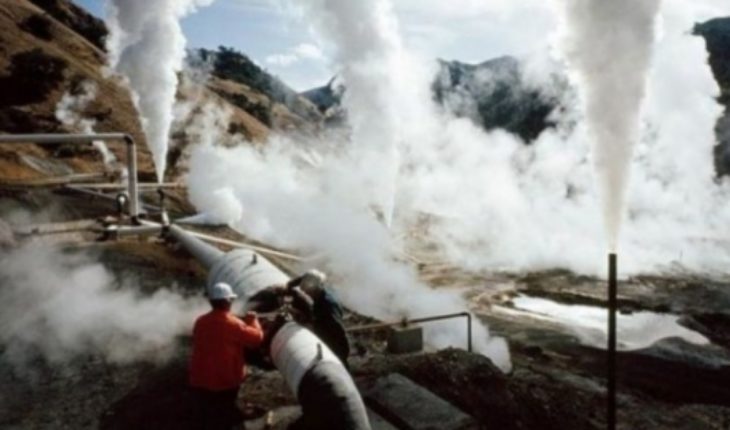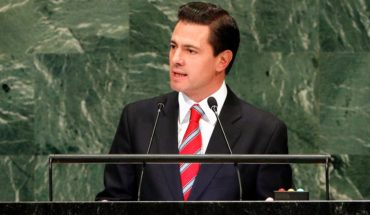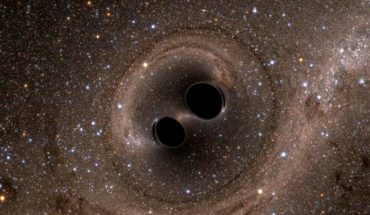the removal of coal in our energy mix is excellent accompanied by a complex news exercise. How are we going to replace the abundant energy that provides coal today? The national electric system has installed some 23,800 MWe, of whom some 11,000 MWe are renewable, and 12,800 MWe from non-renewable sources, which include more than 5,000 MWe coal-fired electricity generation. The difficulty of replacing coal is that this source gives energy all day, all year round, and not all energies are able to do this. Solar can’t yet, the night is a big issue. The hydroelectric power plant depends on the climate and seasonal changes. The diesel and gas can, but Chile mainly exports these non-renewable inputs and President Piñera proposal is to reach the 2050 with an array of 100% renewable.
The output of those 5000 MWe which today are injected to the system burning coal must be replaced with energy sources that are capable of supplying power base, i.e. energy with ability to operate 24/7. What renewable energy can provide this security? At least among those who we are dedicated to renewable energies there is a consensus that the answer is one: geothermal energy, which is energy of the Earth’s volcanoes.
Hydropower is going through difficult times: not rain that soon was raining and rivers do not carry the flow that were initially designed some plants. The effects of climate change are becoming increasingly notorious, so now must also consider a factor of uncertainty about a possible reduced availability of water in the future perhaps too close. Wind and solar are interesting resources, but with a known low plant factor and variable, given the seasonal nature of the resource.
Possibly the technology of solar concentration of power (CSP, for its acronym in English) is an alternative to be considered power base, but today the CSP are still embryonic stage. Geothermal energy, on the other hand, has more than 100 years testing its efficacy in the world. The plant with technology CSP Cerro Dominator promises to begin operating at the beginning of 2020, providing 110 MW of power 24/7. That Yes, we are talking about an investment US$ 1400 million. And when they say that geothermal energy is expensive, then consider these data: Hill Pavilion, the first geothermal plant of Chile, has a current capacity of 48 MWe, next year will expand more 30 MWe, and could plan one climbing higher from here to 2020. All this with an original investment that is four times less than what it would cost the solar plant that promises to provide energy 24/7.
Thus, we see that replace coal with other alternatives cleaner and lcoales requires an exercise in long-term planning to achieve goals that today look far, but are very close. Because 30 years is not nothing in terms of planning our energy matrix. Do we have a State policy that allows to be moderately optimistic so that you have an array of 100% renewable by 2050? The Minister Jimenez said at the end of July “we believe that geothermal has great potential to be on the podium of renewables”. And one of the results of the table of geothermal energy, public-private body which analyzed the State of geothermal energy in our country, points out that the geothermal potential of Chile may be among some 1,300 MWe and 3,800 MWe. Then, what do we expect as a country?
A look country that goes beyond the period of a Government is urgently needed. Need a look as a State. And hopefully the State look at energy treasure that lies beneath our feet. I want to hang on the assertion that the Minister Jimenez made: “is essential to fully benefit from our natural potentialities”. It is not to discuss whether geothermal energy is better than the CSP. What luck we have much sun and many volcanoes! We don’t need to compete, but that they accompany. Without a doubt, the decarbonization of Chile opens the door to geothermal energy. We work as a country to make it a real opening, that is not a service door (or back…) so that we can think about a really green future.
The contents poured at EST. op-ed is the sole responsibility of the author and do not necessarily reflect the editorial line nor the counter position.





